Ancient History looks at every aspect of the ancient world: you'll find articles covering politics, society, literature, language, religion, economics, and art - all in one magazine! Like its big brother, Ancient Warfare, Ancient History Magazine is a bi-monthly, 60-page magazine that relies on a thematic approach: each issue is centered around one specific subject. From ancient Egyptian trade and Roman family life to the lost city of Pompeii, there's sure to be something for everyone - all presented in a well-researched but accessible, fun manner.
Ancient History Magazine
PRELIMINARIES
Parthenon sculptures reveal their true colours
Excavations at Hattusa reveal once-lost language
Bronze Age jewellery unearthed in Switzerland
Solution to Bronze Age ‘tin mystery’ refuted
Domus Tiberiana reopens to the public
Deceased found on a bed in a tomb with frescoes
Trident recovered from fountain at Assos
DESTINED TO RULE CLEOPATRA SELENE • Cleopatra VII was the last Ptolemaic ruler of Egypt. She was not the last Ptolemaic monarch, however. Cleopatra Selene, her only daughter, became queen of Mauretania.
PHOENICIANS BEARING GIFTS • The Phoenicians are mostly cast in ancient sources and modern scholarship alike as enterprising seamen, human traffickers, master metal and glass craftsmen, and cunning traders. Despite such stereotypes and the paucity of surviving Phoenician material culture and written sources, usually some lines of text inscribed on stone, there is no doubt that the Phoenicians made important contributions to the ancient Mediterranean world.
What's in a name?
THE SCYTHIANS • Many peoples inhabited the great expanse of the steppe from Manchuria to Central Europe. Among the earliest attested of such peoples were the Scythians, who emerged from the steppe in the early Iron Age. The Scythians left a prominent imprint in Greek memory, revived once again when burials and remains of steppe peoples and their lifestyle began to be discovered in the modern era.
Scythian cities
GREEK KNOWLEDGE OF THE SCYTHIANS • The Greeks were fascinated by the Scythians, nomadic pastoralists who roamed the plains of the Central Eurasian steppe. Herodotus, whose account is one of the most important for understanding Scythian culture, is just one of several Greek writers who studied them.
GRECO-SCYTHIAN TRADE • The movement of people, ideas, and objects was a characteristic feature of the Black Sea and its hinterland in ancient times. The arrivals of Scythian nomads and Greek traders in the seventh century BC was the catalyst for economic growth on a vast scale. Within a few centuries, a massive system of exchange proliferated over the sea, up-river, and across the steppe with profound implications for the peoples of the region and further afield.
Scythian slaves, Athenian police
THE AMAZONS • In Greek mythology, Amazons were fierce female warriors who lived around the Black Sea, the Caucasus, and beyond, in the vast territory that became known as Scythia. Amazons were said to glory in hunting and warfare – exclusively male activities in an- cient Greece – and the women were as tough, courageous, and skilled in battle as men. What might have influenced such tales?
Influence of Scythian culture
GREEK GOLD IN SCYTHIAN TOMBS • Among the many wonderful artworks of the Scythian world, those produced on the Pontic Steppe offer us unique insight into the artistic interactions between Greeks and Scythians, while also opening a window on the meaning of the Scythian animal-style.
ANCIENT KANESH • In the central Anatolian city of Kanesh, the discovery of thousands of Assyrian documents revealed a complex trade network between Assur and Anatolia in the early second millennium BC, along which vast quantities of...

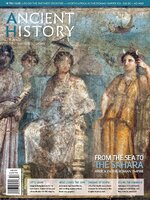 AH 52
AH 52
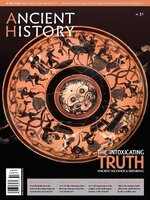 AH 51
AH 51
 AH 50
AH 50
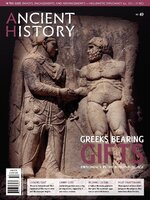 AH 49
AH 49
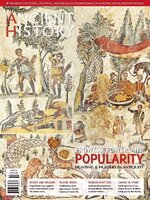 AH 48
AH 48
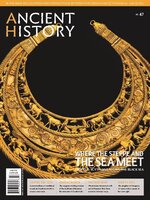 AH 47
AH 47
 AH 46
AH 46
 AH 45
AH 45
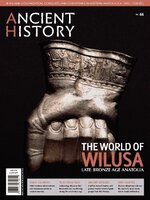 AH 44
AH 44
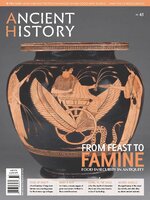 AH 43
AH 43
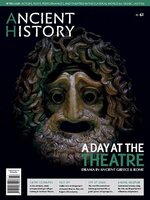 AH 42
AH 42
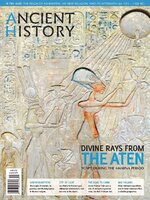 AH 41
AH 41
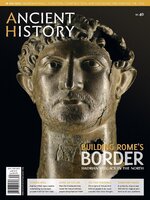 AH 40
AH 40
 AH 39
AH 39
 AH 38
AH 38
 AH 37
AH 37
 AH 36
AH 36
 AH 35
AH 35
